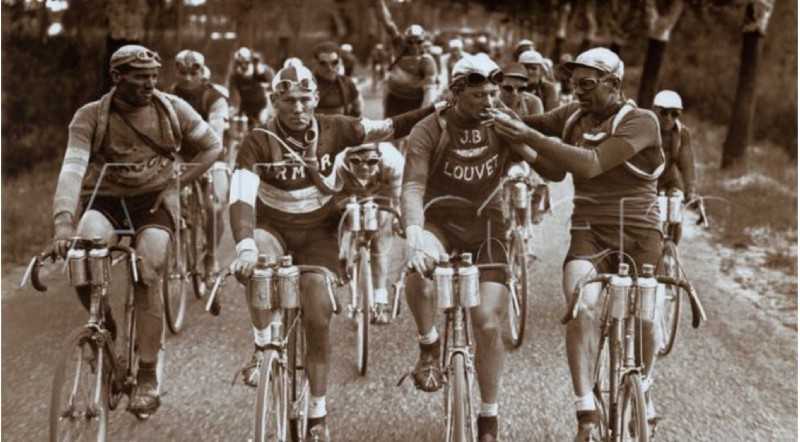With endurance sports coaching we:
- Train for the demands of the goal event(s).
- Take only necessary risks. Anything that can give the athlete a reasonable shot at their goal event with LESS risk (overtraining, injury, etc.)…we try/do. For most motivated athletes, training hard is not the problem. Training smart is a lot tougher.
The same is true with product development. Being (and looking) busy is relatively easy. Success theater is easy. Adding process, rules, policy, reporting, and guardrails is easy. Working with minimal process overhead is hard. Fluid working agreements are hard. Transparency with outcomes is hard. Working focused and smart is a lot tougher.
I think it was Arlo Belshee who once said something like “scaling is fundamentally a question of what must remain the consistent, and what you must pay for that consistency.” I love that idea of considering the cost of something deemed as generally desirable. Example: let’s say you want team members to consistently value quality. Who doesn’t want quality? You can achieve that with lots of rules and checks. Or perhaps you can achieve that in a way that is less disruptive to flow (e.g. rotating quality advocates between different teams). With sport coaching, there are approaches that are “certain” to achieve specific gains…but they come at a high risk. As a coach you ask: is there a “cheaper” (less risky) way?
This all seems like a no-brainer, but I am always amazed by how companies will rattle on about “product innovation” and “bold risk taking” but balk at running safe-to-fail experiments on how they organize and operate. One thought is that orgs struggle from being either 1) too locally oriented, so more global, cross-cutting experiment are difficult, or 2) too focused on global consistency, which stamps out local variation, and makes “trying new stuff” very expensive and disruptive. In traditional org structures, it can be difficult to try anything with a blast radius across groups and teams. There’s simply no one — other than the CEO — able to green-light experiment. Very few organizations have a coherent approach to continuous improvement across departments and teams.
There also seems to be a tendency to resist new practices because of perceived uniqueness of the org (“it will never work here”), while at the same time failing to customize generic practices that should be customized (“we all have to do it the same way”).
The organizations that innovate with how they work seem capable of 1) encouraging local experimentation and customization, and 2) artfully scaling only “what works” while limiting the number of dependencies (the “cost” of consistency). The system balances alignment and autonomy, variation and consistency, and local needs and global needs.
So with that…how can you incur only the necessary costs and risks? How can you achieve better outcomes with less risk and drag? How can you innovate in terms of how you work?
